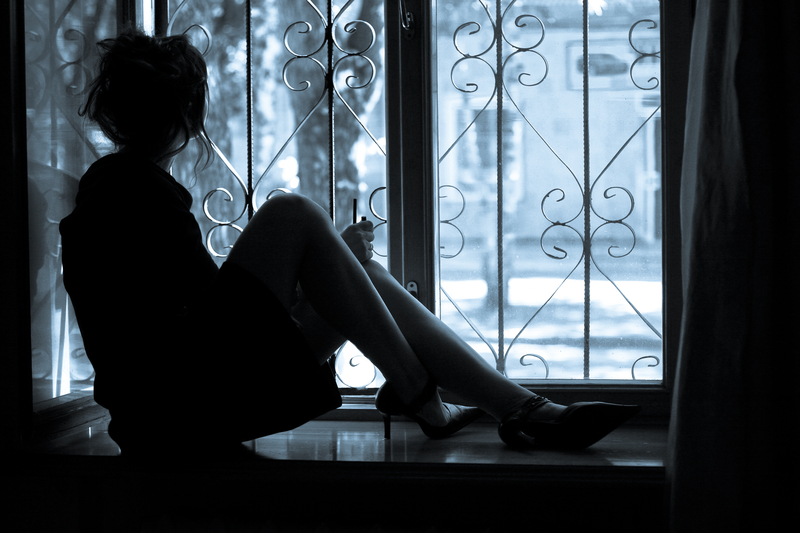Phobias
The mind creates many associations, memory channels and reasons for fear. Fear is learned and feeds on its own fears. After a while, it becomes unconscious. We then start taking on secondary fears. For example, a very turbulent ride in an aircraft could initially lead to a lot of anticipatory anxiety about aircrafts, then about travel and eventually also about the idea of holidaying.
The subconscious files these experiences away in your brain and soon, you engage in avoidant behaviours in an effort to protect yourself. These could be in the form of hypervigilance. Going back to the example of flying, you might become oversensitive to even slight turbulence and find yourself more uncomfortable than fellow passengers who are going about enjoying their meals, conversations or even resting. Next, you might start having involuntary catastrophic thoughts about the flight.
There are three types of fears: simple phobias, social phobia and agoraphobia. I have covered social phobia separately under social anxiety, please read up under this section for this type of phobia. All phobias are acquired through direct or vicarious conditioning.
Simple Phobias:
You may be practicing for a sports competition and may have had a previous injury which has healed. However, at the back of your mind, you wonder whether the old injury may play up again or whether you will be overcome with performance anxiety. This again will set off a chain of events, resulting in negative or catastrophic and fearful thinking. On the day of the performance you may find that you have a delicate stomach and feel rather uneasy. This then leads to performance anxiety.
You could have a fear of driving or fear of blanking out at an examination. The trajectory is pretty much the same for any kind of fear. The events and thoughts trigger a set of feelings which impact your behaviour and performance. After a while this becomes a vicious cycle.
Phobias such as these can be treated effectively with clinical hypnotherapy. Hypnosis works on ‘resetting’ your mind’s computer. It is rewired through accessing the subconscious mind and cleaning up old maladaptive programs and introducing new ones that are more positive, functional and productive.
The results are impressive and have been highly effective in a vast array of situations whether the desired goal is to change a behaviour, get over a compulsion, addiction or overcome anxiety due to imagined or real fears.
Here are a few examples of situations it is known to have ed but the list is actually endless.
- Fear of invasive scans, surgeries, hospitals, injections and other medical procedures.
- Fear of competition, driving, flying, swimming, horse riding.
- Fear of going out, closed or confined places, tunnels, subways.
- Fear of animals, insects, thunderstorms, balloons
Agoraphobia:
“In Agoraphobia, anxiety is determined by distance from safety as well as the proximity of the phobic stimulus.” (Gillian Butler).
This results in a constellation of negative automatic thoughts, avoidance behaviours to places and situations. The further away you are from home, the more pronounced the fear.
This condition is curable and highly amenable to cognitive behavioural therapy and gradual exposure desensitisation. I like to add components of clinical hypnosis for a much quicker resolution in combination with CBT to challenge your negative thoughts and fears.
It is possible to completely get over a phobia depending on your level of commitment and willingness to engage in therapy.
To learn more about the phobia you or a loved one is suffering from and how to overcome it, Contact Us.









